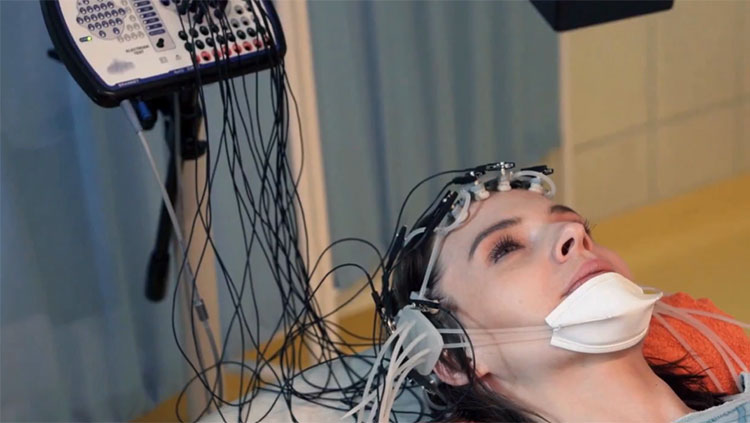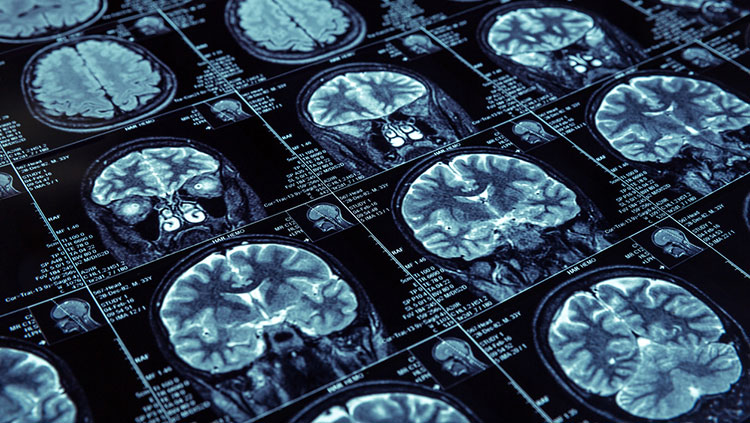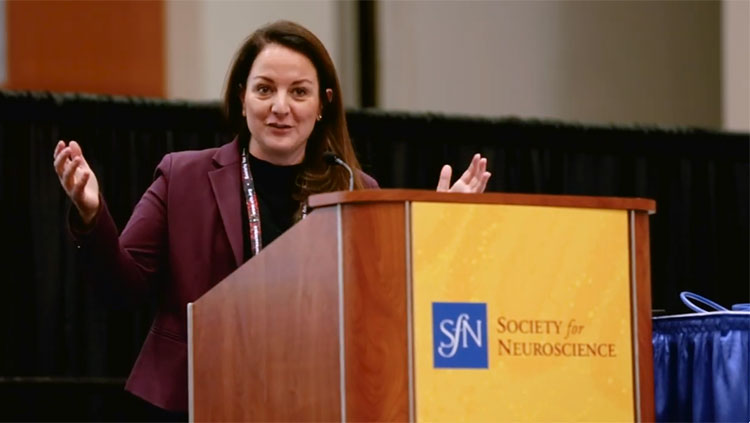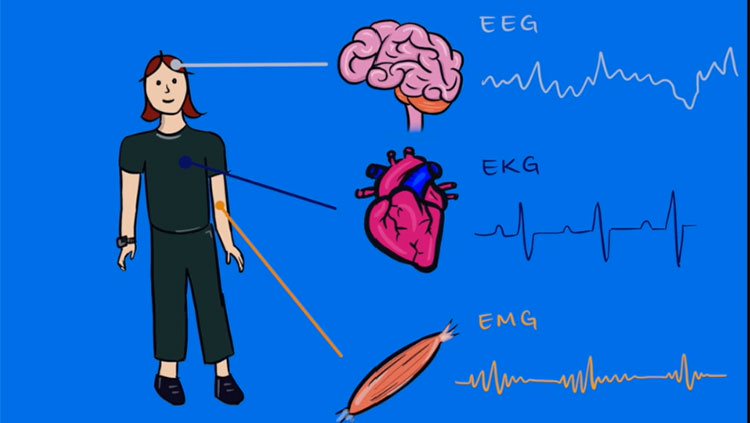Kinds of Research
- Published1 May 2012
- Reviewed7 Nov 2014
- Source BrainFacts/SfN
Scientists who study the brain do so for many reasons. For some, the opportunity to study the most complex living structure in the known universe is itself an exciting quest. So much is still unknown about brain function and development.
For others, the promise of identifying an underlying cause or treatment for a specific disease, whether it is Alzheimer’s disease or schizophrenia, paralysis or epilepsy, traumatic brain injury or autism, drives their daily work. Often, it is a passionate combination of wanting to serve society by investigating a disease, while pursuing exciting and important themes that are broader than any single disorder.
In science, three major terms are used when describing different approaches to research: “basic research,” “clinical research,” and “translational research.” While there are no strict boundaries between them, there are differences. All three are important scientific research priorities that make up the continuum of scientific investigation.
Basic research
Many great discoveries begin with the question, “I wonder why?” This is the foundation of a kind of research called basic research. It is also referred to as discovery science. This curiosity-driven research leads to discoveries that contribute to a greater understanding of basic biology. Basic research advances scientific knowledge and medical innovation by expanding our understanding of genes, molecules, cells, systems, and complex behaviors.
This basic understanding often forms the foundation for other researchers to make future, unrelated discoveries, resulting in progress on a disease or disorder that may never have been directly intended. In neuroscience, examples include the discoveries of fluorescent proteins in jellyfish, the hormone leptin, and critical periods for sensory development, all of which today hold promise for human applications.
Clinical research
Other research has a more defined target: identifying factors that contribute to a particular disease, or investigating a potential therapy that could help patients. These studies focus on the causes of human illness and are called clinical research. Scientists who conduct clinical research often compare the brains of healthy people with brains affected by disease or injury. They also evaluate the effectiveness of early screenings, preventions, or treatments. Increasingly, this type of research also tries to identify risk factors that are linked to disease vulnerability.
Translational research
When findings from basic research are applied to clinical challenges, this is known as translational research. It could be described as a bridge between the laboratory bench and the patient’s bedside. Scientists are often encouraged by funders and peers alike to identify the possible clinical applications their fundamental research may eventually have.
One leading researcher has described research with an analogy to engine repair. When you get your car fixed, the mechanic has an instruction book with information about different parts of your car — how they work, how they connect to one another, and what to do when a part breaks. The mechanic uses that instruction manual to fix the car.
When it comes to biology, including neuroscience, researchers and clinicians are still writing that instruction manual. Scientists and clinicians are figuring out how cells and systems work and go awry. They strive to understand how cells connect to one another and what that means for treatments, as well as how those treatments could affect other body functions. And they continue to learn what to do when systems “break” or function differently than intended.
Over decades and centuries scientists and clinicians have made great progress in understanding how our bodies work and how to improve and repair them. Neuroscientists have done the same with brain research. But there is a lot we don’t know. All kinds of research — basic, clinical, and translational — contribute to this understanding. Sometimes progress is made through rigorous planning, laid out through formal research programs. Often, science advances through serendipity that creates unexpected but important surprises. These reveal new understanding for further investigation, and, ultimately, new opportunities for application to health and disease. The three approaches to research can be viewed as a continuum. Novel clinical breakthroughs emerge when practitioners of each approach move across the boundaries, embracing perspectives central to all three research approaches.
CONTENT PROVIDED BY
BrainFacts/SfN

















